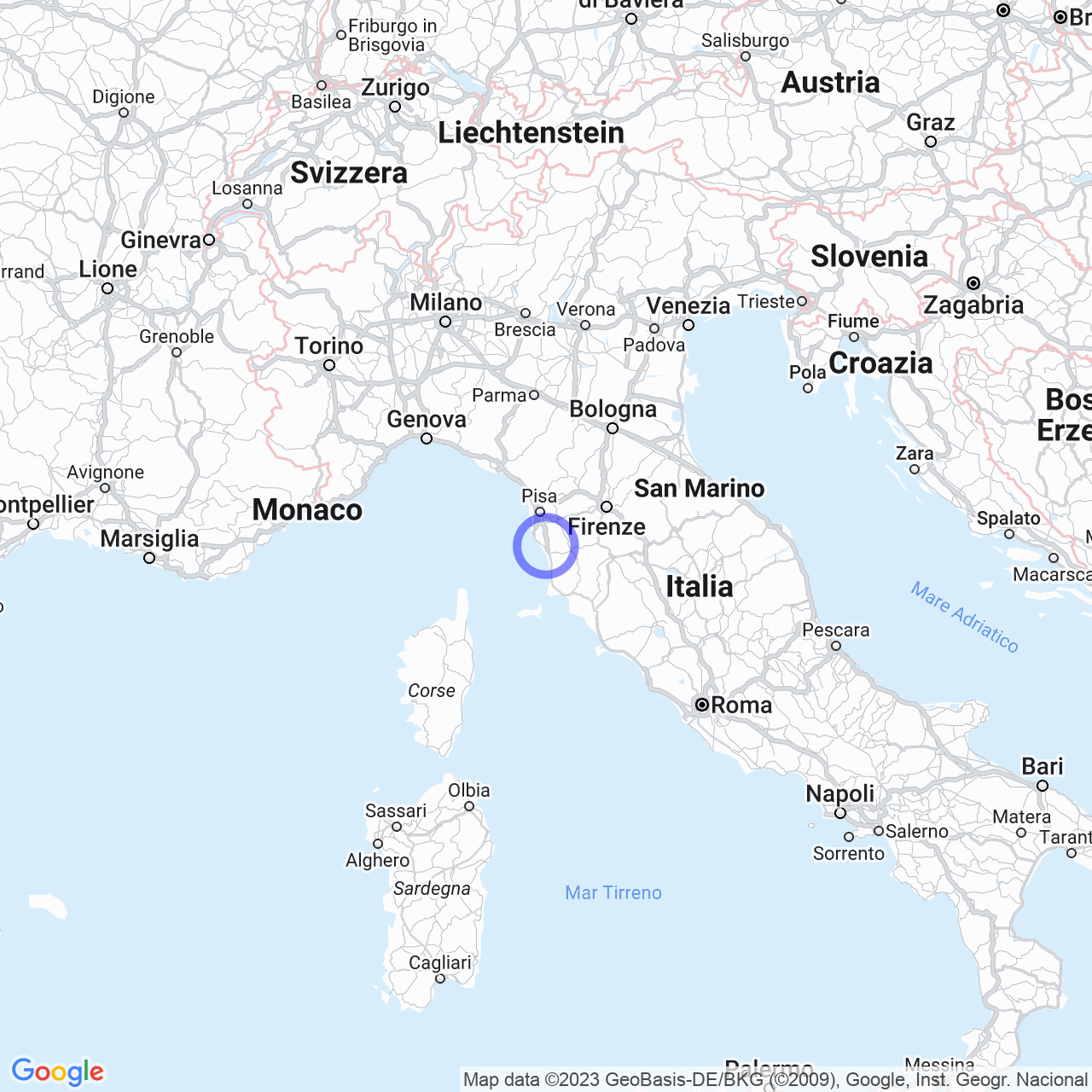Vada
Welcome to Vada: a Millennia-Long Story
Hello friends, today we will talk about Vada, a hamlet located along the Tuscan coast of the Ligurian Sea in the municipality of Rosignano Marittimo. Vada has a millennia-long story dating back to the Etruscan-Roman period, when it was called Vada Volaterrana.
Ancient History
The site was probably a post station and horse exchange, and was protected by two "Secche" of Vada, which give the toponym "Vada." The city had a port, celebrated by Cicero, Pliny, and Rutilius Namatianus, and stood in a swampy area. In the Middle Ages, the Abbey of San Felice and the Church of Saints John and Paul, which later became a parish, were built near the city. In 1125, the city was fortified by the Pisans and in 1406 passed under the dominion of the Florentines. In the 15th century, the village was destroyed by the Neapolitans.

Historical Artifacts
In 1884, Etruscan and Roman artifacts were discovered, including mosaics, marble decorations, coins, and a Latin funeral inscription dating back to the 3rd century BCE. A thermal structure was also discovered in the San Gaetano farm, with some coins and a mutilated statue. Many of the artifacts were brought to the Archaeological Museum of Rosignano Marittimo.
Reclaimed Land
The area where Vada is located was originally a swampy area. In the 19th century, the Lorraine dynasty freed people from malaria and swampy waters. With the planting of the pine forest, the forestry engineers of that time managed to protect the cultivated fields from the strong salty winds of the sea, allowing local agriculture to have the first period of expansion.
White Beaches
Between the hamlet and Rosignano Solvay, there are the famous White Beaches. This phenomenon is the result of the discharges from the local Solvay Group industry. The beautiful white beach attracts tourists from all over the world. In Vada, the sea and the coast are of extraordinary beauty. Nature is still unspoiled, and the white sand and crystal-clear waters offer breathtaking landscapes.
Culture and Traditions
Vada also has numerous cultural activities. Throughout the year, there are numerous local events, from patron saint festivals to fish festivals. The inhabitants of Vada are very active in promoting their traditions and local craftsmanship. Their products are highly appreciated, and their food is delicious.
Conclusion
We have seen the history of Vada, a hamlet located along the Tuscan coast of the Ligurian Sea in the municipality of Rosignano Marittimo. The city has a millennia-long story dating back to the Etruscan-Roman period and was fortified by the Pisans and Florentines. In the 19th century, the Lorraine dynasty freed the population from malaria and swampy waters, allowing agriculture to prosper. The white beach of Vada is a very popular tourist attraction, and the city has numerous cultural and traditional activities. If you are in Tuscany, Vada is definitely a place to visit!
